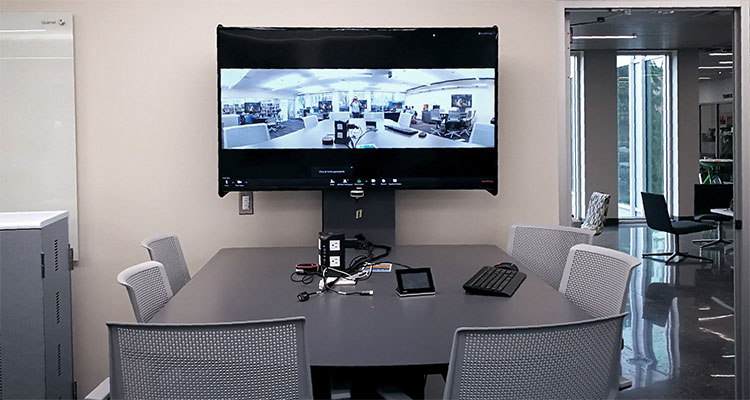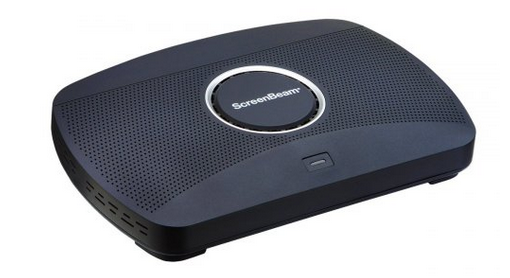How to Enable a Connected Campus

By PanaCast
College campuses around the world are enabling students to be more flexible with their learning by providing high-tech solutions that allow for more distance and remote learning opportunities, mixed in with traditional classroom learning.
Many universities now have two or more campuses, further heightening the need to keep campuses connected. The good news is, in light of the industry’s recent growth, the tools we need to make this happen are already available.
Projections show the e-learning market worldwide is forecast to surpass $243 billion by 2022. E-learning can be completed in many forms, whether it’s from a laptop, tablet or mobile phone.
These numbers will only continue to increase, creating a need for more advanced tech solutions that ensure students continue to learn effectively and remain engaged with a given curriculum. Here are four solutions to bring your college campus up to speed with the latest tech to connect your students with educators and staff, regardless of physical location.
Video Conferencing Tools
The video conferencing space is flourishing with platforms such as Zoom and Blue Jeans bringing innovative features such as high definition video and dynamic voice detection to help ensure video participants have the best possible experience. Audiovisual technology has also advanced heavily in the last decade, with panoramic cameras capable of capturing 100 percent of the room (hint: PanaCast!) and giving participants the feeling that they are sitting right across the table from others, rather than halfway around the world. Selecting video conferencing solutions at the forefront of the industry in terms of quality and innovation is integral to maintaining a connected network within a single campus and across several.
Digitized Whiteboards
The whiteboard has been around for a whopping 43 years. While several companies have created tech-powered iterations of it, it’s function and simplicity has caused it to remain a staple in the classroom. Last year, we developed a tool that uses computer vision to take any traditional whiteboard and digitize is into its own real-time feed with our PanaCast camera. This alleviates the need for educators to spend budget on an expensive new digital whiteboard that can cost them upwards of thousands of dollars, yet still allows them to use a whiteboard in a digital learning setting. Students can clearly see what their professors are writing on the whiteboard in real time, helping them to feel like they are right there in the classroom with the professor and their peers. We’ve found this helps keep students engaged and establish a feeling of connectivity rather than separation, regardless of the physical distance.
Learning Management Systems
The market for learning management systems is projected to amount to over $18 billion by 2024, showcasing the ever growing need for a software system that can keep everything from course grades to training programs easily accessible and organized in one place. Tools like Blackboard and Canvas are integral in ensuring your campus is digitally connected, and while Blackboard was the market leader about a decade ago, other companies have swooped into the space with new and unique features and tools that increase functionality. In recent years, these tools have started hosting information within the cloud, heavily expanding their capacity to host information. The next wave of advancement within the learning management system space pertains to analytics that can determine learning patterns to help students learn more efficiently. We also anticipate more AI-powered solutions to arise with the same goal.
Keeping Data Secure
Along with all these advancements comes the need to keep student and university staff data secure. This year has been inundated with cybersecurity breaches in industries ranging from healthcare to retail, making it apparent that no industry is fully safe from a potential threat that can reveal the personal information of those within the university’s network. Within the education space itself, the nature of a breach ranges from slowing down network speeds to shutting down the heat in classrooms. Look into security tools that can help to keep devices and learning management systems safe, alleviating the potential for a breach.
By ensuring student and employee data is kept fully secure, finding a learning management system that keeps everything organized and easily accessible, enabling remote students with a digitized whiteboard and investing in solid video conferencing tech, you will create a connected campus that supports students studying both on campus and at a distance.
As the digital age and education space continue to merge, we look forward to driving innovation with advanced technology to help foster better engagement and overall learning for students around the world.
This column was reprinted with permission from Panacast and originally appeared here.





